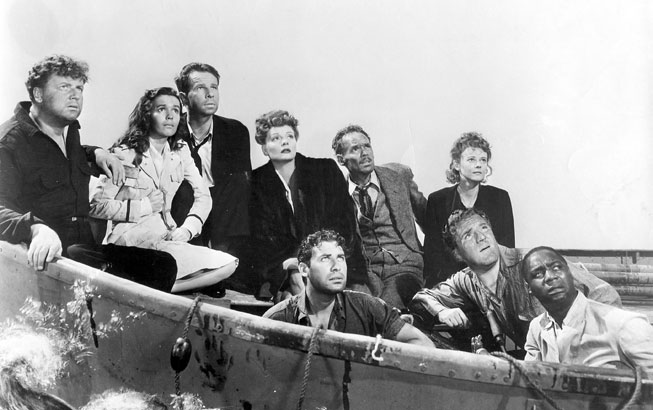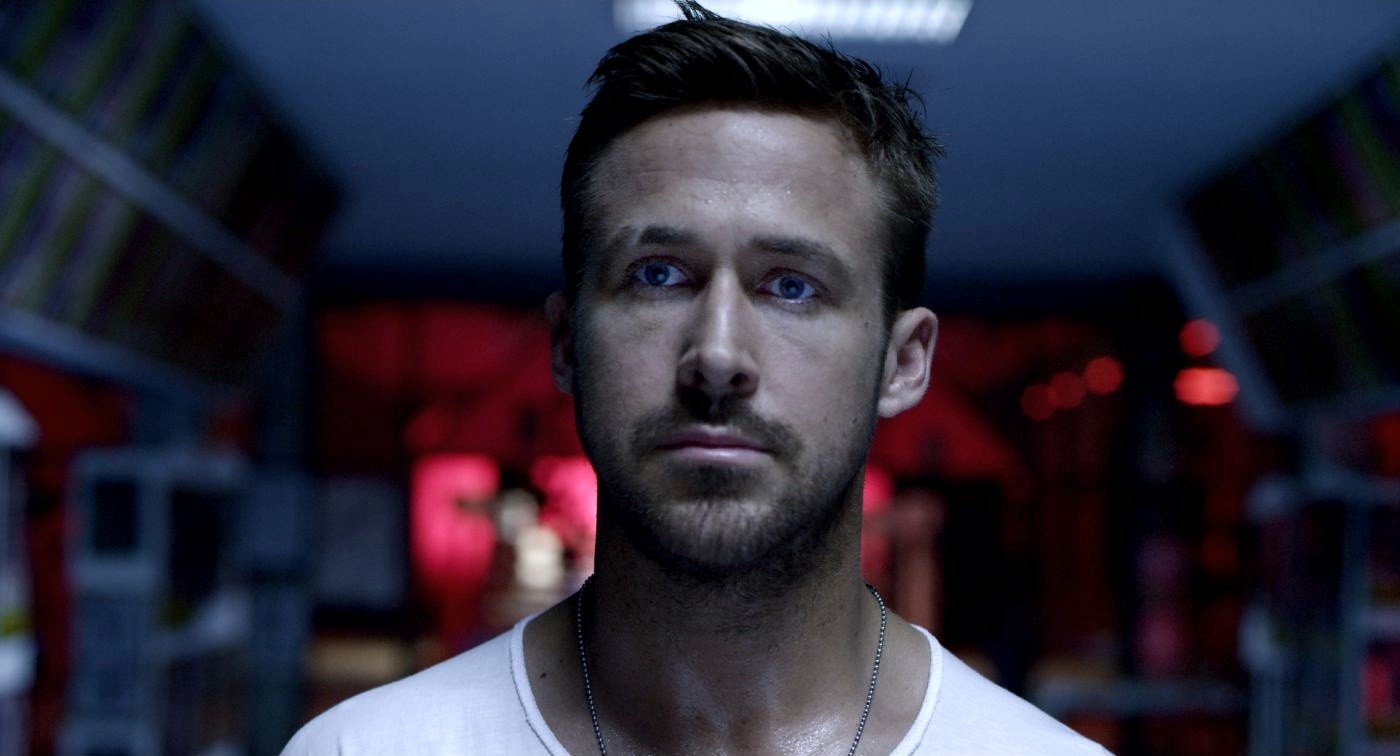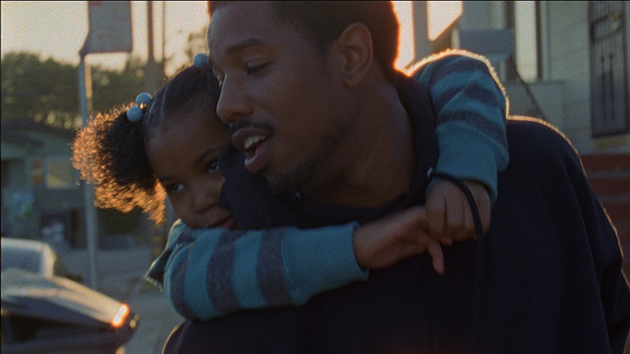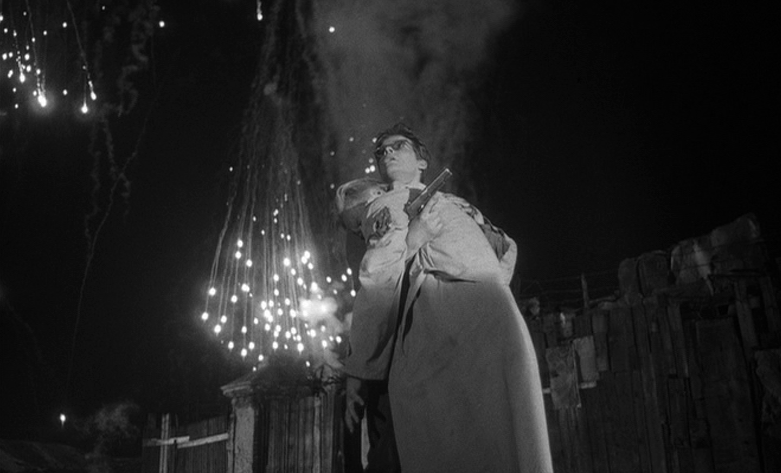July 29th, 1983 (30 years ago, today) marked the death of Luis Bunuel. To some who consider themselves fans of film, this may not mean anything, while it may mean
everything to some. Luis Bunuel, despite his sterling reputation (for example, They Shoot Pictures lists him as one of the three "master" directors, meaning a perfect 10, along with Howard Hawks and Alfred Hitchcock), is criminally unwatched and undervalued among the general public. Many of his films are rare and hard to find, but I'll get into that later.
Now, I have written on Bunuel much before, but now, I just don't want to republish something, which I've done on a few occasions. My writings on Bunuel earlier were academic and lengthy. Perhaps I will publish it at a later date, but for now, I will write new material. I may borrow from my previous writings, however.
Now, perhaps a little bit of background on Bunuel is needed to truly understand him. Bunuel was born in 1901 in Spain, and grew up in a religious aristocratic family, two relations which run deeply through pretty much every film he has ever done. Additionally, Bunuel admits in his (excellent) biography that he was very sexually oppressed, another constant theme. When he was eighteen, he went of to University in Madrid, where he met several creative minds that like Federico Garcia Lorca and Salvador Dali, with whom he would be closely affiliated.
Bunuel's artistic awakening came in Paris in the late 1920s. At this time, he allied with many of the surrelists, such as Max Ernst. One of the most fascinating parts of Bunuel's biography
The Last Sigh is that the book works as a first-hand report of the surrealist movement, and Bunuel really dives into what the movement was in his eyes- less artistic, and more of a new system of reality which rejected everything society cherished. In Paris, Bunuel worked as an assistant for the early French silent director Jean Epstien.
In 1929, Bunuel and Dali set out to make a film with funds Bunuel secured from his mother, despite her never actually seeing the film, and never expressing any interest in doing so. The result was
Un Chien Andalou, which still is Bunuel's most popular film, although it does not show off the director's skills sufficiently. Bunuel's genius was in story-telling, and
Un Chien is pure non-narrative, and Bunuel stated several times that it is supposedly total nonsense. I must admit that when I was an early teenager I first heard of Bunuel through
Un Chien, where he was essentially just "the guy that's not Dali."
Un Chien Andalou had an instant and massive influence, specifically for its odd structure and bizarre images, which in fact does capture much of Bunuel's essence. Perhaps one of cinema's most iconic images is the woman being held by a man (who is actually Bunuel) as we see a cloud slice through the moon. Then we see an eye sliced (where, yes, the name of this blog comes from) with plasma oozing from the slit. It's instantly memorable, as is another fantastic image, of a man weighed down by a dead donkey, a grand piano, and two perplexed priests (one of whom was Dali), which represents a recurring Bunuel theme- the strains of upper society and religion on all aspects of one's life. Dali's influence can be felt in many of the images, such as ants crawling through a man's hand. Bunuel's dreams were much more rooted in a worldly reality than Dali's, which kept him grounded and decidely unpretentious.
Next, Dali and Bunuel collaborated one more time before breaking their partnership permanently. This film was
L'Age D'Or and is certainly much more Bunuel's than Dali's. The collaboration was fading quickly due to the emergence of Galla Dali, Dali's falling out with the surrealists, and that the duo simply wasn't as inspired together as they once were. The film was just over an hour long, and bore the distinction of being one of the earliest sound films made in France. The film is certainly a spiritual sequel to
Un Chien and resembles it like no other part of Bunuel's filmography. Here, Bunuel revisits many of the same themes, but takes an extra blade out towards the church with the final scene, which is a reenactment of a scene from De Sade's
120 Days of Sodom with Jesus as the perverse duke. The Christ figure comforts a young girl, leads her back into the cave, and after a scream, he emerges, now without a beard. The final image is a cross adorned in scalps of women, which implies violence against woman is the trademark of church history.
Compared to Bunuel's later filmography, his first two films are unique and worth visiting, but certainly do not reflect Bunuel's filmography at all. Bunuel was so much more than chocking imagery, and I have a tough time getting some people to watch any of his films if they are familiar and dislike his trademark eye slice.
L'Age D'or shocked France so much that it caused riots and was banned by the government until 1980. Bunuel fled France, not returning until the 1960s. He went to Spain, where he filmed the thirty minute
Las Hurdes, financed for a minimal amount of money.
Las Hurdes receives a good amount of recognition for its status as an early documentary, and one of the earliest with such a political statement like showing the crippling poverty of regions in Spain. We see several shocking images again, but now, they are rooted within reality. We see close ups of a young girls mouth, as we hear that in a few days, the toddler will be dead. A donkey is stung to death by a hoard of bees while orchestral music and a dry narration goes forth. Bunuel again seizes an opportunity to attack a favorite target by focusing on a massive structure among this wasteland- a catholic cathedral, of course.
Las Hurdes again caused huge controversy, halting Bunuel from making any films from years to come. Bunuel fled Spain for the United States on the heels of the Spanish Civil War, where he would have certainly been viewed as a political threat subject to assassination. Bunuel landed in Los Angeles at first, living with Charlie Chaplin for some time (Chaplin allegedly used to scare his daughter, Geraldine, by telling her images from
Un Chien Andalou before bedtime) and then worked at the studio. Eventually, his wife came over with his two sons, and the director moved to New York, where he was on the MoMa board before Communist ties forced him to resign. Bunuel was broke in New York with no job and no prospects, until an old friend living in Mexico contacted him with a directing opportunity. The year was 1947, and Bunuel had not been behind a camera in fifteen years, and had never even made a feature length narrative, but he accepted the job to make
La Gran Calavera.





_05.jpg)














